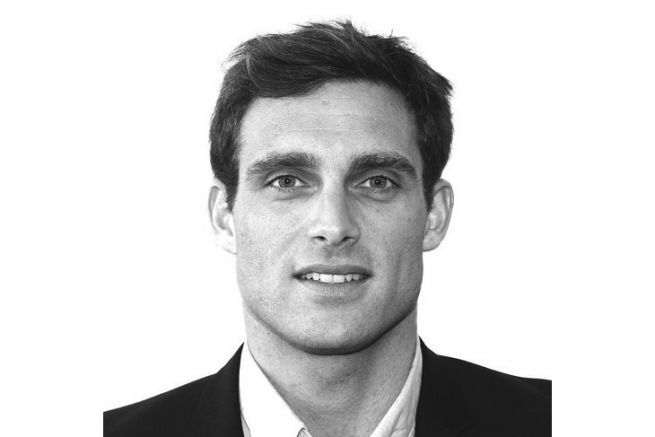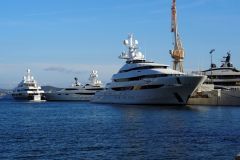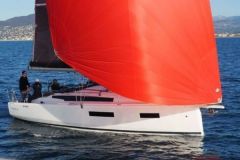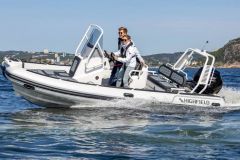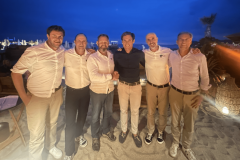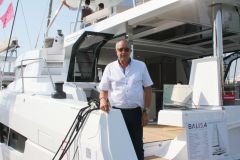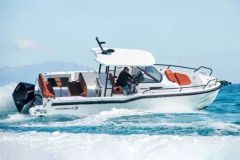After the announcement of the negotiation between the catamaran builder Fountaine Pajot and the shipyard Dufour Yachts, Romain Motteau, Fountaine Pajot's deputy managing director, answers BoatIndustry's questions.
Can you explain the process that led to the merger of the two shipyards Fountaine Pajot and Dufour Yachts?
Our acquisition of a majority stake in Dufour Yachts is not simply a reaction to opportunities. Both companies are based in the same territory. Exchanges have led to this project. It is the continuation of a strategy that has been thought out and carried out within Fountaine Pajot for the past two years. Five years ago, we were making 40 million euros. With Dufour Yachts, the group will weigh 142 million euros. Now we have to consolidate!
What about the continuation of Dufour Yachts' catamaran projects, announced in 2017?
Dufour Yachts has made good progress on its catamaran project, with a less industrial approach than Fountaine Pajot, to be able to make very different boats. They are due to deliver a few units next year and there is no question of going back on this. There will then be a group reflection on the subject.
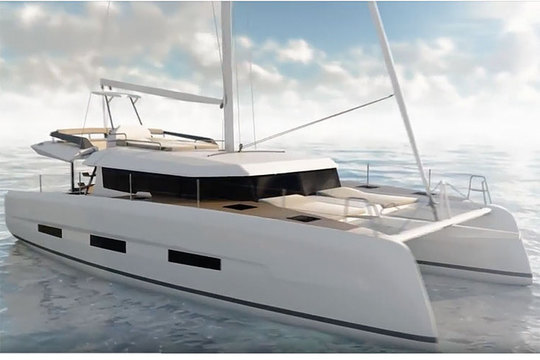
What complementarities do you see between Dufour Yachts and Fountaine Pajot?
Each of the companies is doing well and making a profit. So the goal is not to reduce fixed costs. That is not the objective. The real aim is to accompany the growth of each one, with the conviction that 1+1 can make 3 or even 4!
The first short-term complementarity is commercial. Fountaine Pajot has a strong presence in the United States and in international markets. Dufour Yachts is more present in Europe. Dufour's network will be able to help Fountaine Pajot in Italy, Croatia and even France.
From a technical standpoint, Fountaine Pajot's mastery of composite processes can benefit Dufour, and vice versa, the Lean Management culture acquired by Dufour within the large groups to which the shipyard belonged can benefit our catamarans. The design offices will retain their autonomy, even though there will obviously be cross-functional innovations. There are already two separate design offices within Fountaine Pajot, one for engines and large units, and the other for smaller yachts. There's no reason to impose on Dufour what we haven't done ourselves.
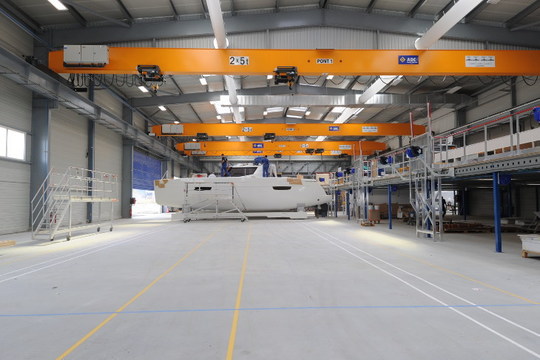
Fountaine-Pajot previously invested in yacht charter company Dream Yacht Charter in July 2017. What's the difference and what was its strategic objective?
In the merger with Dufour, we are working with Crédit Agricole and Unexo. Fountaine-Pajot has a majority stake in this majority grouping, which is logical because we are in our business. In the acquisition of a stake in Dream Yacht Charter, we are a minority shareholder in the majority grouping with Next Stage.
Strategically, the investment in Dream Yacht Charter aims to counter the strong cycles in our industry. It also allows us to anticipate new forms of ownership and access to the sea, by discussing with Dream Yacht Charter.

